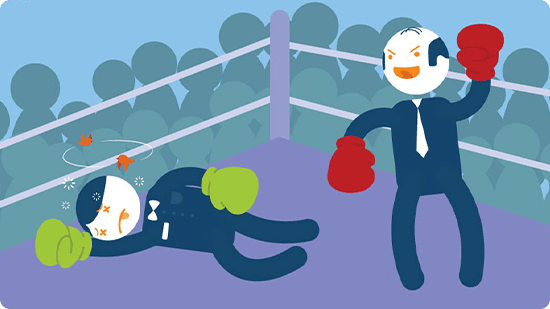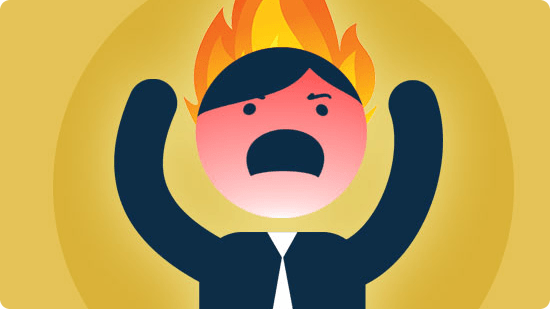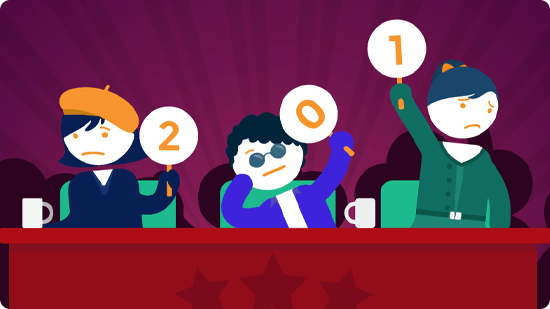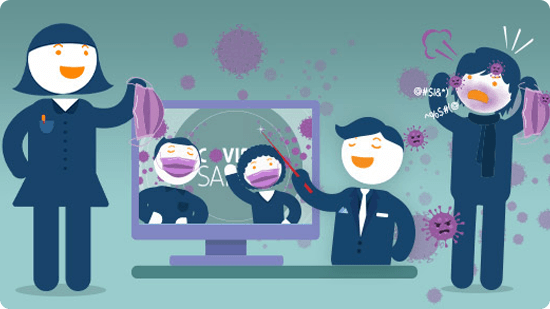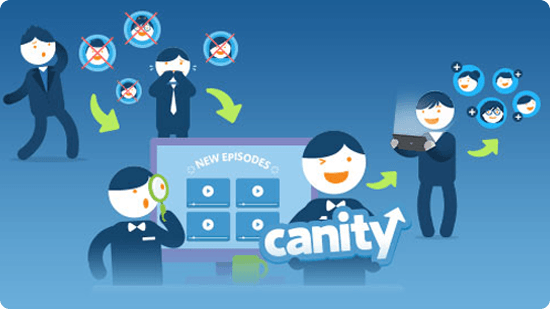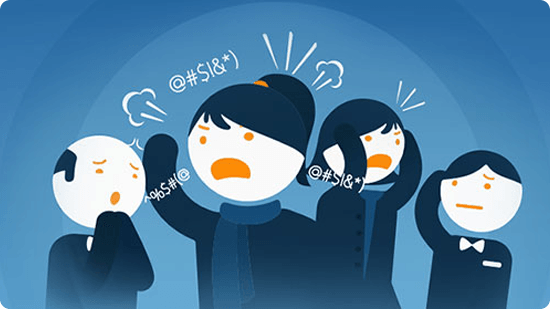You don’t need to be a marketing wiz or a successful entrepreneur to know that gaining new customers can be expensive.
Really expensive. In fact, gaining new customers can cost five to twenty-five times more than it costs to retain existing customers.
Oof!
That’s why it’s of utmost importance that once you gain a customer, you make sure they stay on board.
But what do you do if you lose customers despite doing your best to keep them?
Well, the first step is to find out why they cancel, and then, you can act on this information. And how do you find out why they cancel? That part takes some effort — let’s find out.
What is customer churn?
An important term to know when it comes to customer cancellations is ‘customer churn’, also called ‘customer attrition’ or ‘customer turnover’. This is a measure of how many people cancel or unsubscribe from your product or service.
In other words? You want to keep your customer churn as low as possible.
That said, it’s unlikely that you can completely avoid it. After all, how many companies have you heard of who have retained 100% of their clients over time?
Probably none, right?
And that’s completely natural. Customer churn doesn’t necessarily mean that there’s anything wrong with your services or products. In fact, some cancellations may simply happen incidentally.
However, if you hear about people who leave deliberately because they’re unsatisfied… That’s when you should worry. Not only does this reduce your revenue, but it may also harm your reputation if the cancellers badmouth your business.
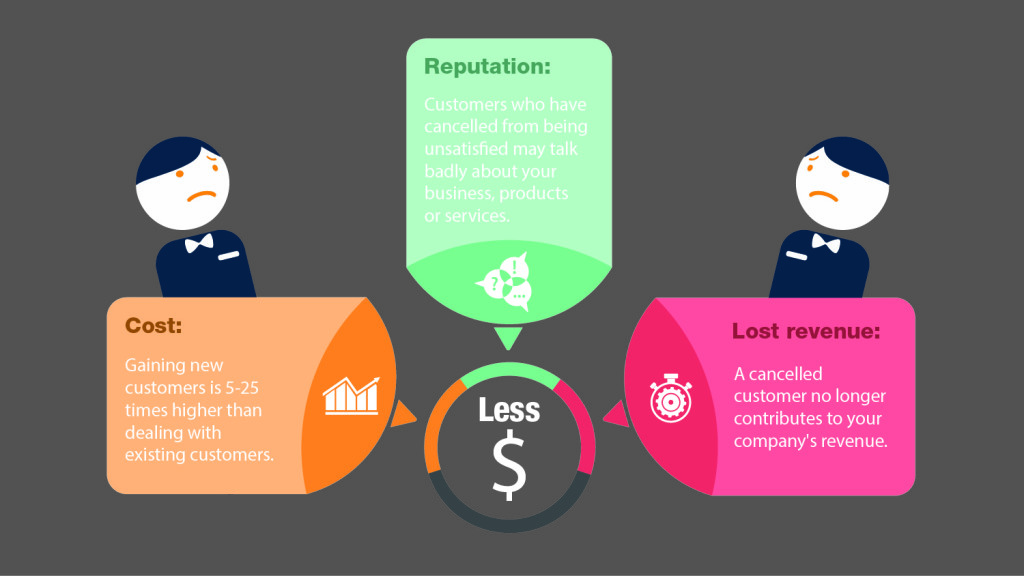
Types of customer churn — why your customers might cancel
As briefly mentioned, when someone terminates their business, it may be either incidental or deliberate.
Incidental churn is when a customer is no longer able to remain with you. For example, they move somewhere you do not service or they no longer have the financial funds to keep purchasing what you sell. These reasons can be hard, if not impossible, for a business to overcome.
On the other hand, deliberate churn may be easier to tackle.
Deliberate churn happens when a customer decides to leave. This could be because they find a better deal, product or service with a competitor — or because they’re unsatisfied with what your business offers.
Deliberate customer churn: cancellation triggers
Let’s take a closer look at the last group: the customers who turn their back to your business deliberately.
You might hear them saying:
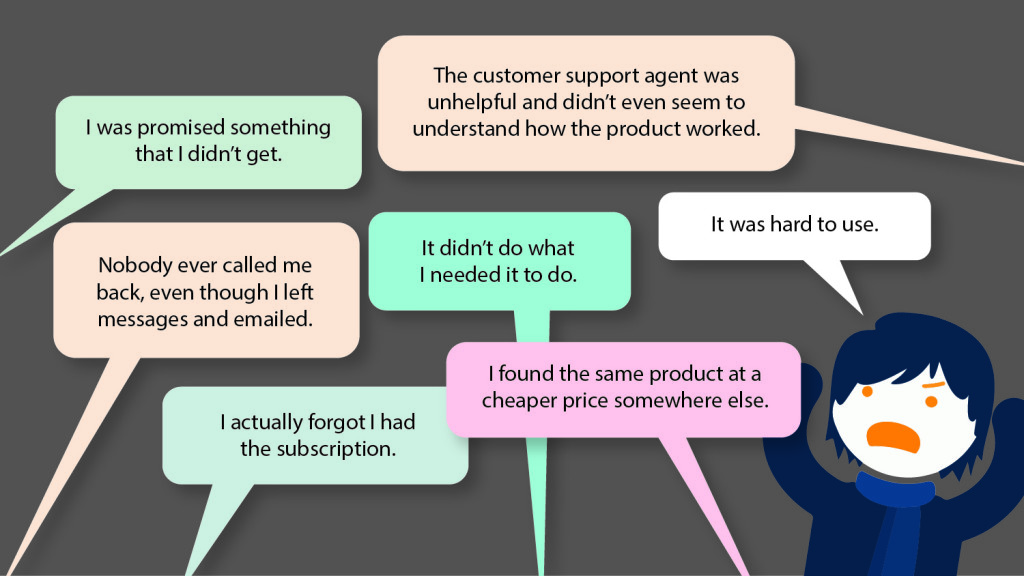
What these statements have in common is that they’re based on a lack of satisfaction. Perhaps you over-promised and under-delivered, you provided poor customer service, or your customers don’t feel like they get value for money.
In any case, these statements indicate that you need to work on the promises you make to your customers and create a balance between the customer’s expectations and what your business actually delivers.
How to predict customer churn: Become the customer
There are many high-tech solutions on the market that can help you predict which of your customers might cancel. For example, software that utilizes complex vector forecasts, programmes that build specialized, data-based predictive models, and even tools that use social network data to create algorithms.
That said, there’s a much easier, cheaper and straightforward place to start.
Become a customer yourself.
Yep, you read that right. Simply by signing up to your services or products yourself and experiencing the customer journey first-hand, you gain valuable insights into the mind of a customer.
It’s an easy way to start developing your customer experience strategy! Forget about Excel sheets and CMS programmes for a moment, and just try out your own offerings in person.
And remember: when signing up yourself, don’t just pretend to be a customer, but truly immerse yourself in the experience. Interact with customer service. Browse the offerings. Use the product. That’s the only way to get the true client experience — and more importantly, it creates a better basis for figuring out how to improve it.
For example, have you identified any steps in the customer journey where it was unclear what to do next? Then this should be clarified! Or did you experience issues with the customer service? Then these should be addressed!
How to predict customer churn: Ask the right questions
As important as it is putting yourself in your customer’s place, it’s equally important to listen to your actual customers.
This can happen through a client satisfaction survey where you talk with existing customers. What are they happy with — and what are they not so happy with?
The latter part is of utmost importance, and the answers must not be taken lightly. Any concerns must be addressed both with the client in question and within your company if the issue could be affecting other clients, too.
In addition, consider adding a customer satisfaction questionnaire or a customer service survey at the exit point of your service. In other words, ask your cancelling customers why they’re leaving.
But not any type of questions will do — to receive detailed answers that can really help you make strategic business changes your questions need to be open and not leading. For example, consider the two cancellation question options below:
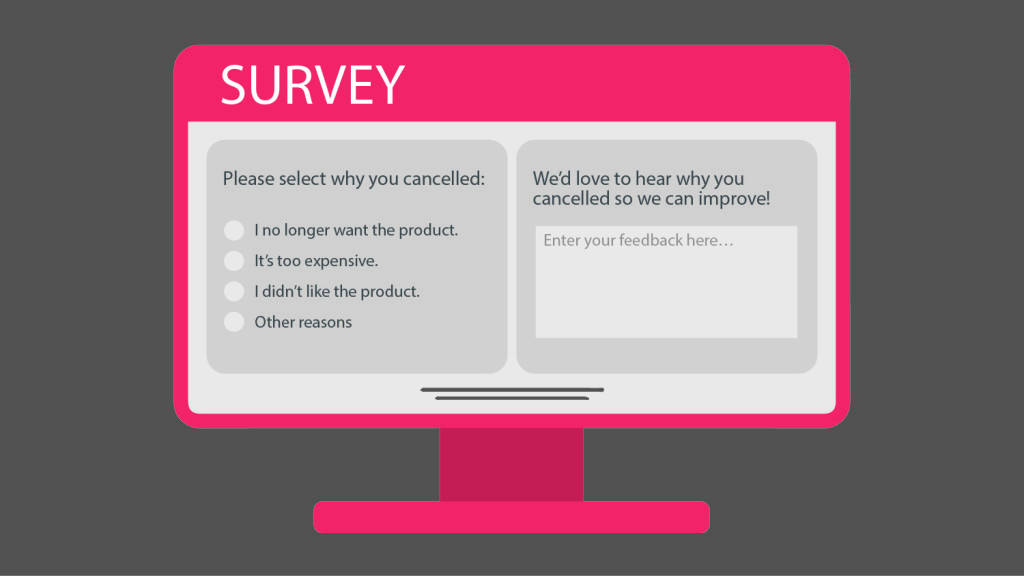
Naturally, the right-hand option makes data-handling a bit more tedious, but it also allows the customer to give specific feedback.
Great Customer Service
Customer loyalty is only as strong as your customer service. So naturally: if you aim for great customer loyalty and customers who don’t cancel, you must also aim for great customer service!
Great customer service may sound simple, but it’s a science of its own. Achieving it requires sales skills, retail skills, email skills, presentation skills, knowing your customer’s personality types, and much, much more. Luckily, there are many tools to help you get started on improving your customer service, such as Canity’s efficient and fun training videos.
In addition, great customer service requires that you listen and try to understand your customers. If you’re lucky enough that cancelled customers have taken the time to provide you with feedback, don’t just shrug and forget about it — no, act on it! There’s no point in identifying cancellation triggers if you don’t use them to improve.
To learn more about identifying cancellation triggers, what they typically are, and — more importantly — how to act on them, watch the Canity module on Saving Customer Cancellations here.




